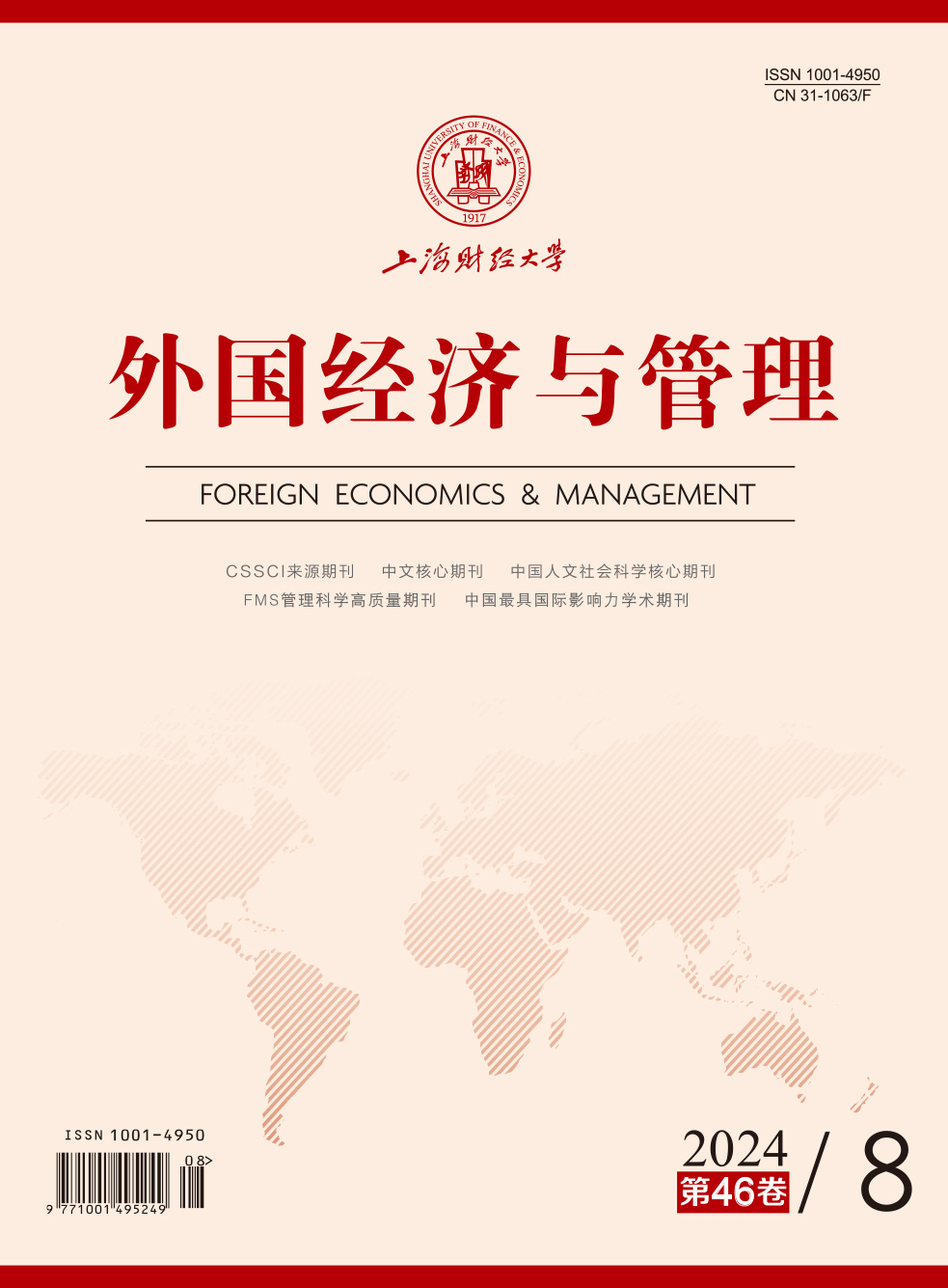The theory of strategic action fields provides a new theoretical perspective for understanding the process of social change and social innovation. Since its proposal, this theory has been extensively applied to analyze various types of action fields, notably within organizational management research. Based on 107 key publications from prominent international journals, this paper employs the bibliometric method to systematically assess the evolution and application of this theory, and delineates its core concepts and extensions by combining quantitative insights with qualitative examination.
The findings are as follows: First, by categorizing the actors into incumbents, challengers, and internal governance units, the theory of strategic action fields introduces a fresh and more systematic framework for understanding the agency-actor-field relationship, and proves particularly well-suited for investigating topics related to organizational mechanisms and the interplay between organizations and institutions in today’s intricate and unpredictable environment. Second, this theory has primarily been applied in research fields such as management and sociology. The literature on this topic is extensive but somewhat scattered, and there is a need for stronger dialogue between different research contents. Third, factors influencing organizational actions in strategic action fields include external institutional factors, internal crises within the fields, and various aspects of organizational consciousness.
Future research can delve into further understanding the reasons behind organizational actions in strategic action fields, and considering a wider range of factors influencing such actions at various levels. It may also explore advanced research methodologies for studying organizational actions in these fields, including the development of quantitative and mixed research methods. Considering China’s unique economic development mode, policy environment, and governmental approach, future research may explore actors’ new roles and relationships in the Chinese context, socioeconomic impact of emerging fields, and distinctive factors influencing field changes, to provide a good opportunity for constructing and expanding the field theory.
The contributions of this paper are that: First, it reviews the concepts of fields and the evolution of the field theory, highlights the limitations of prior field theory, and shows the potential value of the theory of strategic action fields. Second, it employs bibliometric analysis to create a knowledge map of this theory’s research applications, aiding scholars in understanding its core content and current application status. Third, it outlines this theory’s core principles and research frontiers, fostering exploration of sustainable development pathways for organizations operating in complex environments. Fourth, it paves the way for future research by proposing topics for exploration in the Chinese context, offering new directions for Chinese scholars to develop and construct indigenous theories.





 3047
3047  4568
4568

